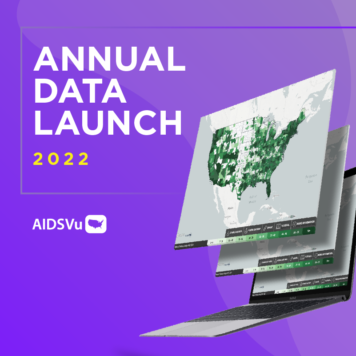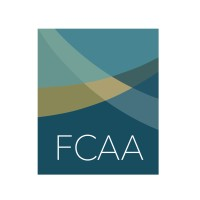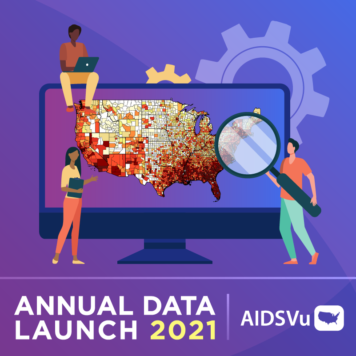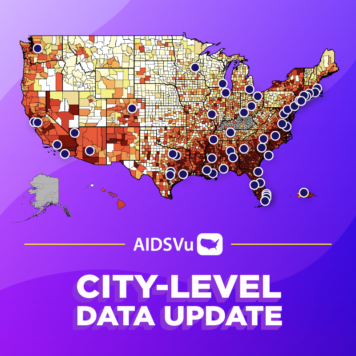Drew Gibson is the Director of Advocacy at AIDS United. He previously served as a research assistant at the Office of National Drug Control Policy and as a journalist covering issues related to HIV, drug user health, and social justice.
What brought you to the field of HIV policy and advocacy?
Well, I am in long-term recovery, and originally I wanted to be a substance use disorder counselor. I went to the University of Maryland Baltimore School of Social Work in 2011, and my first-year placement was at an HIV clinic, The JAQUES Initiative. I loved it. The work was interesting, the folks were great to work with, and I found that working on HIV in a clinical setting allowed me to experience such a wide variety of issues – harm reduction, sexual health work, case management, and so much more. In 2012 I went to the International AIDS Conference in DC, and I found that I loved the policy side of things. After I graduated and did some more clinical work, and when I started looking for policy work, I came to AIDS United.
What is the state of HIV funding in the U.S.? How has it changed in recent years?
We can divide HIV funding in the U.S. into public sector support and private philanthropic support. In the public sector, the Ending the HIV Epidemic (EHE) initiative money has continued to drive HIV spending at the federal level. We are hoping to continue momentum this year and into the future, and there is still a lot of bipartisan buy-in for the EHE initiative. While the gains we’re seeing aren’t what we would ideally love to see, they are still gains. This is a time when a lot of other issue areas in public health are not seeing any meaningful funding increases, so in that sense, HIV funding is still in a very good position at the federal level.
In terms of private sector giving, I think we’re in an interesting time because HIV, as a disease issue area, has been around for 40 years now. Keeping sustained philanthropic commitment gets more challenging as time goes on if there have not been any meaningful biomedical advancements. There is still an opportunity for philanthropists to step up and invest in areas of the country that really need it – populations like the South or people who use drugs. There are certainly possibilities there, I just worry that we’re not seeing the same level of private philanthropy support now as we did 10 years ago.
How should we expect to see the process of the appropriation of funds for the next fiscal year unfold, especially in relation to the Ending the HIV Epidemic (EHE) program?
The good news about EHE is that it’s a bipartisan initiative. The Trump White House instituted it back in 2019, so generally, it still has across-the-aisle appeal. But the midterm elections will likely determine the degree of the funding increase. If Democrats maintain control of the Senate and the House, we have a better chance of getting more money for EHE due to the overall support for public health from Democrats that we’re not seeing from Republicans right now, in part due to a funding hangover from COVID packages over the past two years.
The bigger worry is a yearlong continuing resolution. If there is a fiscal year 2023 funding bill, regardless of who is in power, I think there will be gains to HIV spending. However, if they are not able to come to a deal and we see a continuing resolution for the rest of the year, we would then be locked in at last year’s numbers. It’s a bipartisan enough issue that we’re going to see gains regardless of who’s in power, but it is a matter of trying to make sure that we get an appropriations package done rather than seeing another continuing resolution.
One of AIDS United’s goals is to secure more funding for harm reduction initiatives such as Syringe Services Programs (SSPs). Why has securing federal funds for harm reduction proven to be so challenging?
At a very literal level, the main reason is that there is a partial federal ban on using federal funds for purchasing syringes and related paraphernalia that has been in place for essentially the last three decades. These restrictions on how we can use the money for buying syringes with federal dollars is probably the biggest impediment.
But I think that the reason these restrictions still exist is stigma. Drug use is still very taboo in society. There is no problem finding money to get folks into treatment and linked to care, but when you start talking about the actual implementation of harm reduction strategies—like distributing syringes—people start to feel uneasy. It is a barrier that we are constantly trying to overcome, and I think that, to a large degree, we’ve done a great job of that.
Republican support for syringe services programs (SSPs) was rising in some areas in the not so distant past, so I do think there’s a path forward. I think it is a matter of talking to folks about what happens at SSPs, the full range of services they provide, and how the syringe is just a tool to prevent infection. It’s a way to get folks to meet medical providers and to get linked to care. In general, though, stigma is the overarching reason it is so difficult to secure federal funds for harm reduction.




